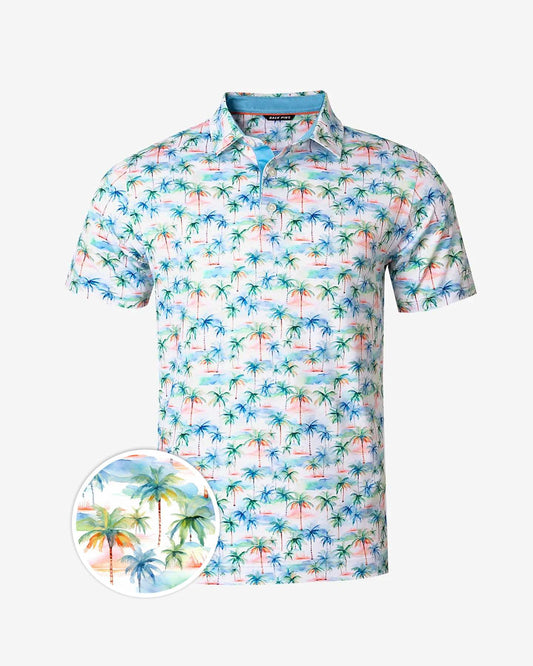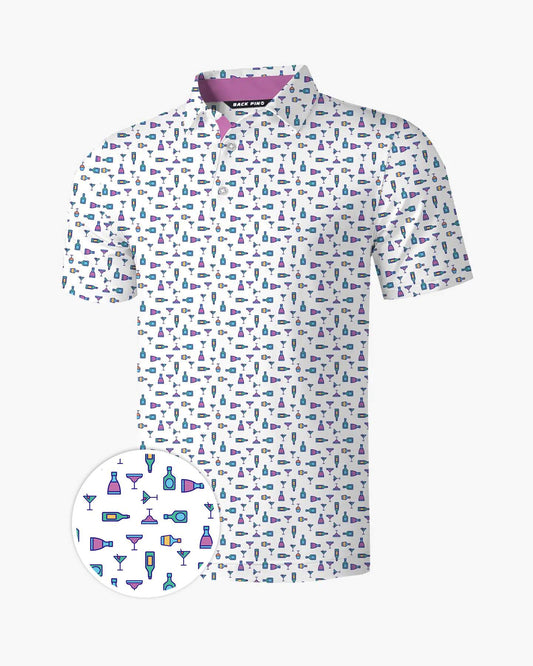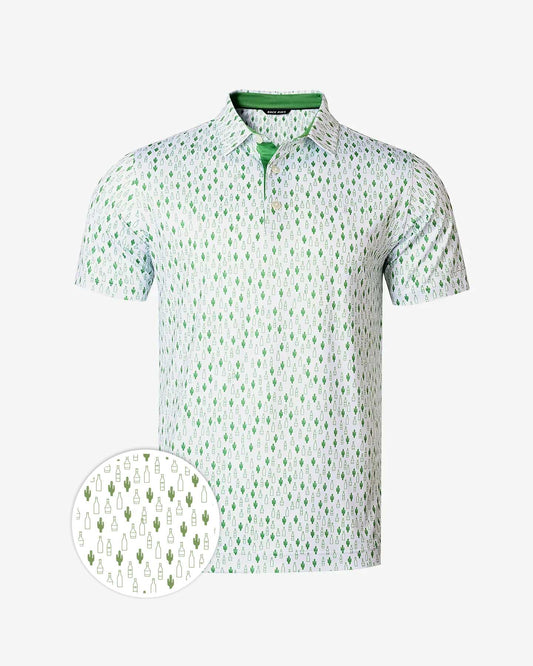What is the most breathable fabric? Summer heat turns to find cool, comfortable clothes into a mission, especially when sweat stains and sticky discomfort challenge your confidence. The solution lies in choosing the right fabrics. Forget clammy frustration. We’ll cut straight to revealing 9 top breathable fabrics for summer that keep you effortlessly cool.
What is Breathable Fabric?
Breathable fabric is the cornerstone of comfort in hot weather. But what exactly makes a fabric breathable, and why does it matter? Let's break it down.
Definition of Breathable Fabric
Breathable fabric is a clothing material designed to allow air, body heat, and sweat vapor to pass through easily. By efficiently releasing this moisture to the outside air, it dries quickly and helps your body maintain a cool, comfortable temperature, especially during activity. Scientifically, this property is measured by Moisture Vapor Transmission Rate (MVTR), where a higher MVTR indicates greater breathability.
Benefits of Breathable Fabric
Choosing breathable fabrics offers significant advantages in warm weather:
- Enhanced Cooling & Comfort: Allows air to circulate near your skin and sweat to evaporate quickly, preventing that sticky, clammy feeling.
- Stays Dry: Rapid moisture evaporation keeps you drier during activity, reducing discomfort and potential skin irritation.
- Temperature Regulation: Supports your body's natural cooling system by aiding sweat evaporation, helping you stay comfortable in the heat.
9 Most Breathable Fabrics for Summer
Breathable fabrics allow air to circulate and wick moisture away from your skin, preventing that sticky, uncomfortable feeling. Here are the 9 best breathable fabrics for beating the summer heat:
1. Cotton

- Why it breathes: Cotton's natural fibers create a soft, porous structure that allows excellent air circulation. It readily absorbs sweat (hygroscopic), pulling it away from your skin to evaporate.
- Best For: Everyday wear like t-shirts, casual shirts, dresses, shorts, and undergarments. Ideal for those with sensitive skin.
- Downside: While absorbent, cotton holds onto moisture (like sweat or rain) and dries relatively slowly, which can leave you feeling damp and heavy in high humidity. Prone to wrinkling.
2. Polyester and Nylon

- Why it breathes: Important Distinction: Pure polyester and nylon are not inherently breathable; they are plastic-based and trap heat. However, modern performance versions are engineered with moisture-wicking properties. They pull sweat to the fabric's surface quickly through capillary action, where it evaporates, creating a cooling sensation without absorbing much moisture. Mesh constructions also enhance airflow.
- Best For: Performance activewear (gym clothes, golf polo shirts, hiking gear), swimwear, and quick-drying travel clothing where wicking speed is prioritized over natural breathability.
- Downside: They can feel clammy or sticky against the skin in extreme heat/humidity as they don't absorb sweat. Prone to retaining odors. Pure versions offer minimal insulation value (trap heat).
3. Linen

- Why it breathes: Made from flax fibers, linen boasts naturally loose, open weave and hollow fibers. This structure allows maximum airflow and efficiently wicks and releases moisture incredibly quickly, making it exceptionally cool.
- Best For: Hot and humid climates. Perfect for loose-fitting shirts, pants, dresses, skirts, suits, and summer bedding.
- Downside: Wrinkles very easily and can feel stiff initially (though it softens beautifully with wear and washing). Often more expensive than cotton.
4. Bamboo

- Why it breathes: Fabric derived from bamboo pulp (usually processed into rayon/viscose) is highly absorbent, pulling moisture away from the skin. It often has a smooth, slightly open weave that promotes good airflow and offers natural temperature regulation.
- Best For: Soft polo shirts, underwear, socks, bed sheets, and lightweight dresses. Feels luxuriously soft and silky against the skin. Often touted as eco-friendly (sustainability depends heavily on processing methods).
- Downside: The "bamboo" fabric is usually rayon/viscose, which can be less durable, especially when wet, and prone to pilling. Some processing methods use harsh chemicals. Always check the label (look for "bamboo rayon" or "bamboo viscose").
5. Merino Wool

- Why it breathes: Don't be fooled! Merino wool has very fine, crimped fibers that create insulating air pockets. This unique structure excels at temperature regulation, wicking moisture vapor away from the skin exceptionally well before you even feel sweaty. It also absorbs a significant amount of moisture without feeling wet.
- Best For: Versatile performance wear (hiking, travel), base layers, socks, and surprisingly, lightweight summer sweaters or cardigans for cooler evenings. Naturally odor-resistant.
- Downside: Can be more expensive than cotton or synthetics. Requires more careful washing (often hand wash or delicate cycle). Some people may find it warm in extreme, direct summer heat (though it performs well in a range of temps).
6. Rayon

- Why it breathes: Rayon, made from regenerated cellulose (often wood pulp), is lightweight, smooth, and drapes beautifully. It's highly absorbent, similar to cotton, pulling moisture away and allowing decent airflow due to its often fluid construction.
- Best For: Flowy dresses, skirts, blouses, and linings where a soft drape is desired. Offers a cooler, silkier feel than cotton at a lower price point than silk.
- Downside: Loses significant strength when wet and is prone to shrinking or stretching if not cared for meticulously (usually dry clean or hand wash). Wrinkles easily. Less durable than many natural fibers.
7. Chambray

- Why it breathes: Chambray is a plain-weave fabric, typically made from 100% cotton (sometimes blends). Its construction is similar to lightweight denim but uses a colored warp thread and white weft thread, resulting in a lighter, airier feel. The cotton base provides inherent breathability and absorbency.
- Best For: Casual summer shirts, dresses, lightweight jackets, and skirts. Offers the classic denim look without the heaviness.
- Downside: Shares cotton's downside of holding moisture and drying slowly. Can wrinkle, though often less so than linen.
8. Silk

- Why it breathes: Silk is a natural protein fiber renowned for its smoothness and luxurious feel. It's moderately absorbent and has good thermoregulating properties, helping to keep you cool in summer and warm in winter. Its structure allows for some airflow.
- Best For: Luxury blouses, dresses, scarves, and pajamas. Feels wonderfully cool and smooth against the skin. Good for sensitive skin.
- Downside: Expensive. Requires delicate care (often dry cleaning). It can be damaged by sweat, sunlight, and perfume. Shows water spots easily. Not as absorbent or quick-drying as cotton or linen.
9. Micromodal

- Why it breathes: Micromodal is a type of rayon made from beech tree pulp, but with fibers that are finer and more densely packed than standard modal or viscose. This creates an incredibly soft, smooth fabric that is highly absorbent (more so than cotton), wicking moisture efficiently, and allowing good airflow due to its fine texture.
- Best For: Underwear, t-shirts, pajamas, bed sheets, and any garment where supreme softness and moisture management against the skin are priorities.
- Downside: Like rayon, it can be less durable when wet and prone to pilling or stretching over time. Requires gentle washing. Often blended with other fibers (like elastane) for stretch, which can slightly reduce breathability.
Conclusion
Ultimately, what is the most breathable fabric? It's the one that lets your skin breathe, wicks moisture, and keeps you confidently cool all summer long. Choosing wisely – lightweight cotton, linens, or performance blends – transforms comfort. Ready for an effortless style that beats the heat? Explore Badkpingolfco's expertly crafted polos, designed with the best breathable fabrics to make this your coolest summer yet.








